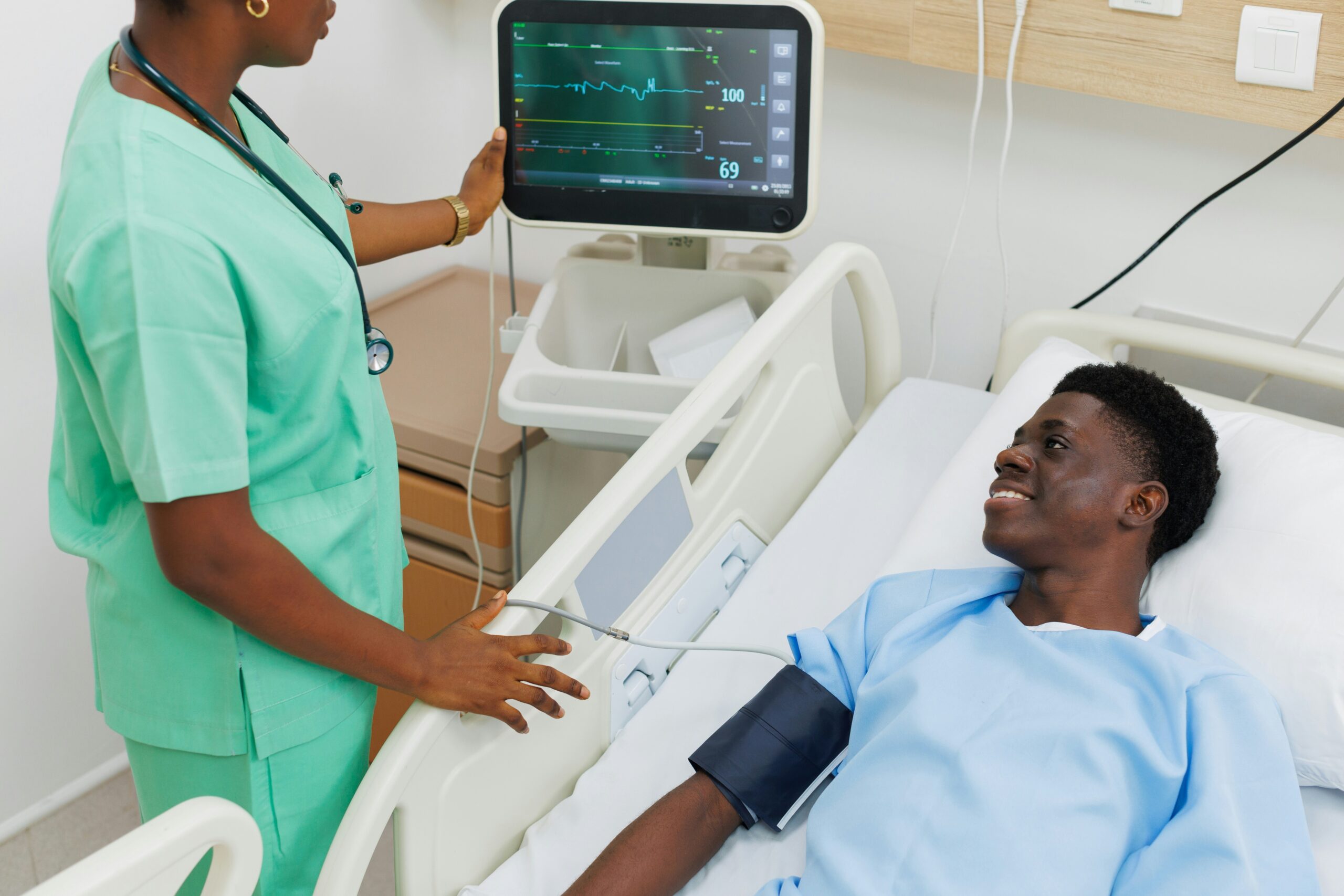
Healthcare systems worldwide are increasingly leveraging smart technology to enhance patient care, streamline processes, and reduce costs. Innovations in artificial intelligence, data analytics, and connected devices have opened new pathways for improving health outcomes. By focusing on precision, accessibility, and efficiency, these solutions empower providers and patients alike to make informed decisions and achieve better results.
1. Remote Patient Monitoring
Remote patient monitoring (RPM) is reshaping the way healthcare professionals track patient health outside clinical settings. Using wearable devices and connected sensors, patients can share real-time health data, such as blood pressure, glucose levels, or heart rate, with their providers. This constant flow of information allows for early detection of complications and timely interventions.
Additionally, RPM offers peace of mind for patients managing chronic conditions. By minimizing hospital visits and providing continuous oversight, this approach improves adherence to treatment plans while reducing strain on healthcare facilities. As a result, both patients and providers benefit from enhanced engagement and improved outcomes.
2. Artificial Intelligence in Diagnostics
Artificial intelligence (AI) is proving invaluable in diagnostic processes. With its ability to analyze vast amounts of medical data, AI assists doctors in identifying diseases with greater speed and accuracy. For instance, AI-powered imaging tools can detect abnormalities in X-rays, MRIs, or CT scans more effectively than traditional methods.
Moreover, AI reduces the likelihood of human error, ensuring patients receive more precise diagnoses. Transitioning to AI-driven diagnostics not only accelerates care but also makes it more affordable by cutting down on redundant tests. This balance of efficiency and accuracy highlights AI’s vital role in the future of healthcare.
3. Telemedicine and Virtual Care
Telemedicine has become an essential tool for expanding access to care, especially in underserved or rural areas. Through secure video consultations, patients can connect with specialists without the need for travel. This convenience fosters continuity of care and eliminates geographical barriers.
Furthermore, telemedicine supports preventative care by making it easier for patients to schedule follow-up visits and routine check-ups. By reducing missed appointments and streamlining consultations, virtual care helps providers detect issues earlier while enhancing patient satisfaction. The ongoing integration of telemedicine reflects a long-term shift toward accessible and efficient healthcare delivery.
4. Smart Wearables and Personalized Health Insights
Wearable health devices, from fitness trackers to advanced biosensors, have evolved into powerful tools for personal wellness management. These devices monitor physical activity, sleep quality, and vital signs, offering users actionable insights into their health. As a result, individuals gain more control over their daily habits and long-term well-being.
In addition, healthcare providers can use wearable data to design more personalized treatment plans. By tailoring recommendations to each patient’s unique health patterns, practitioners can boost adherence and optimize outcomes. This blend of personalization and technology ensures that healthcare moves beyond one-size-fits-all solutions.
5. Predictive Analytics for Proactive Care
Predictive analytics harnesses big data to anticipate health trends and patient risks. Hospitals and clinics can analyze historical records, genetics, and lifestyle factors to predict potential illnesses before they develop into severe conditions. This proactive approach shifts the focus from treatment to prevention.
Equally important, predictive tools help organizations allocate resources more effectively. By forecasting patient inflows and disease outbreaks, healthcare systems can reduce inefficiencies and improve readiness. This forward-looking method highlights how technology strengthens both individual care and overall public health.
6. Robotics and Automation in Treatment
Robotics is transforming surgical and therapeutic procedures with unmatched precision. Robotic-assisted surgeries allow doctors to perform minimally invasive operations, resulting in shorter recovery times and reduced complications. Patients benefit from safer, more effective procedures that were once difficult to perform.
Beyond surgery, automation enhances everyday hospital operations, from medication dispensing to disinfection. By handling repetitive tasks, robotic systems free up medical staff to focus on patient-centered care. This combination of accuracy and efficiency underscores the powerful impact of robotics on modern healthcare.
Smart technology is no longer an optional enhancement but a fundamental driver of progress in healthcare. From remote monitoring to Artificial Intelligence-powered diagnostics and robotic surgery, each innovation contributes to more effective, accessible, and personalized care. As these solutions continue to evolve, they promise to create a healthcare landscape that prioritizes prevention, precision, and patient empowerment.